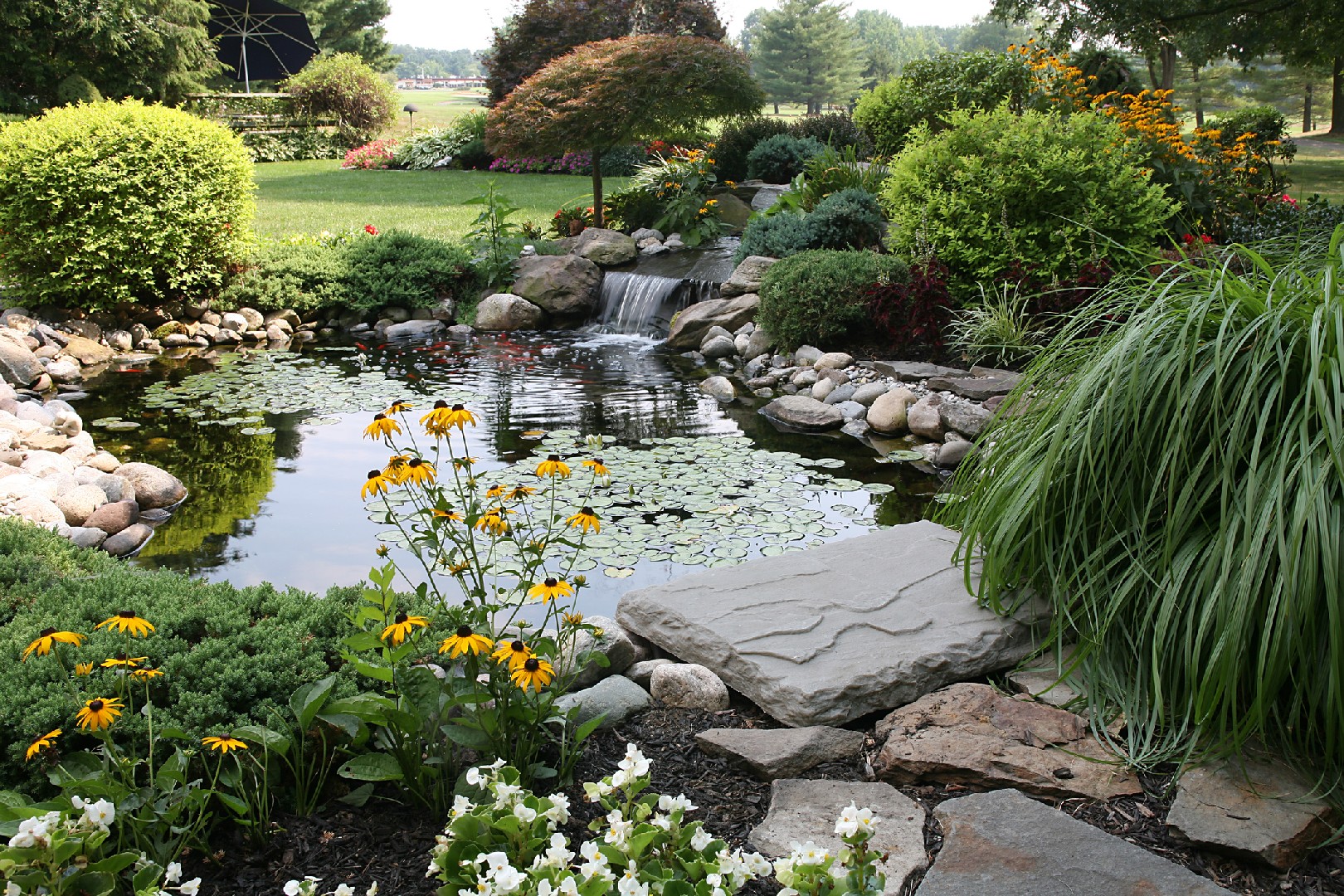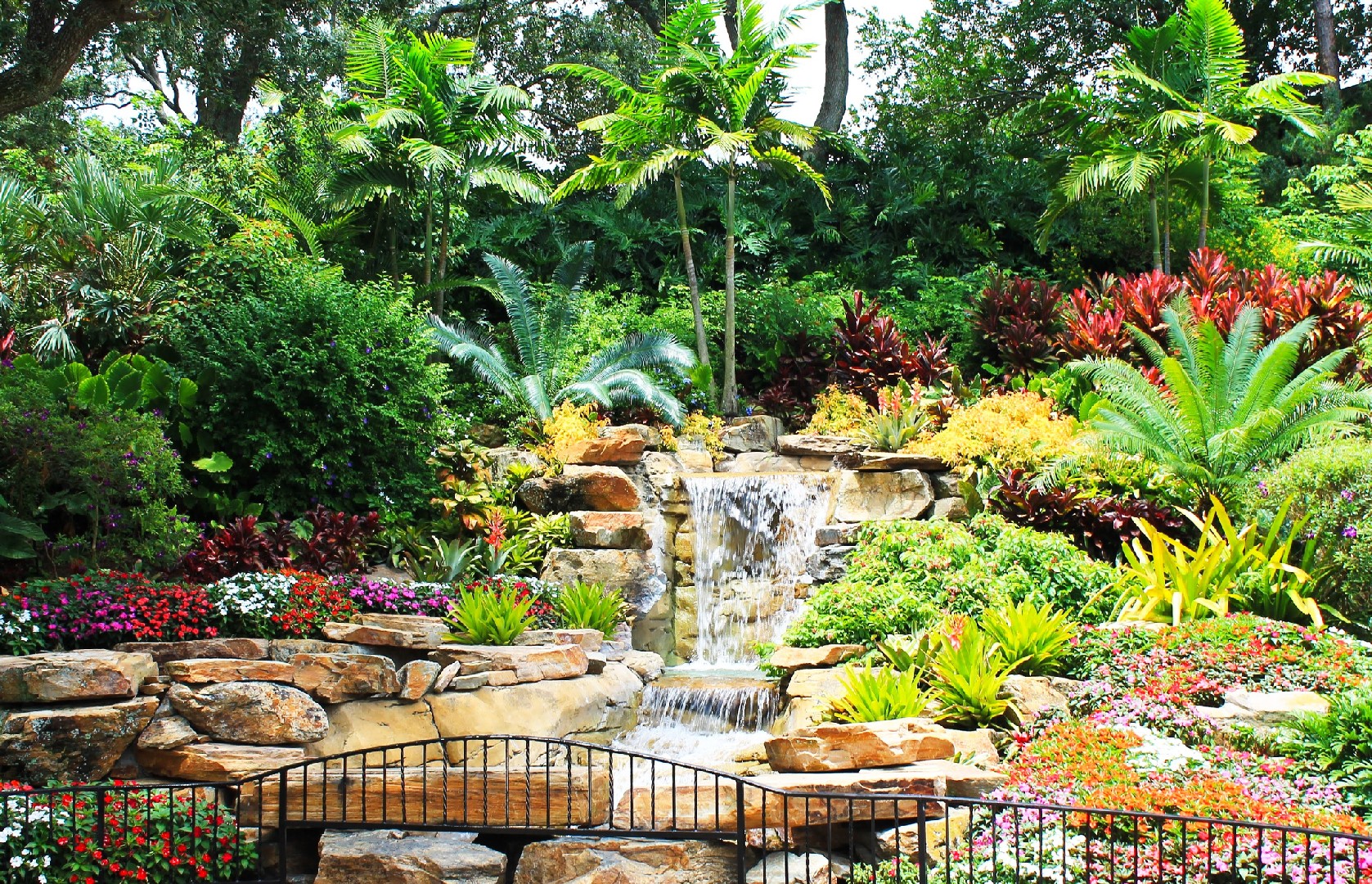![Rectangle]()
Mastering the Elements of Movement
When it comes to creating movement in your garden, there are numerous avenues you can explore. Incorporating plants, water features, and wind devices are just a few of the ways to bring a sense of motion and visual interest to your outdoor space.
One of the best ways to champion movement in your garden is by carefully selecting the right plants. Opt for those with graceful, swaying foliage or flowers that dance in the breeze. Ornamental grasses, such as fountain grass or muhly grass, are excellent choices as they add a dynamic element to your garden. Their long, slender leaves move elegantly with even the slightest breeze, creating a mesmerizing effect. Tall perennials like delphiniums or lupines also bring a sense of height and movement to your garden. Their tall spires of flowers sway gently in the wind, capturing attention and adding drama. Don't forget about climbers and vining plants either. Train them to grow on trellises or arbors, and their flexible stems will sway and twist, introducing even more movement into your garden.
Water features are another fantastic way to introduce movement into your garden. Consider adding a fountain or a waterfall to provide a soothing sound and constant motion. The sound of trickling water can be incredibly calming and create a tranquil ambiance. If you have a larger space, you can even install a pond or a stream. The movement of water, whether in the form of ripples or flowing currents, adds a dynamic and ever-changing element to your garden.
Harnessing the forces of wind is yet another way to bring movement into your garden. Wind devices such as wind chimes, wind spinners, or windsocks are not only visually appealing but also provide an audible indication of the wind's direction and intensity. Choose wind chimes made of different materials to create a symphony of sounds as the wind blows. Wind spinners, with their spinning blades or colorful designs, create a mesmerizing display when set in motion by a breeze. Windsocks, usually in the shape of a tube or flag, sway and flutter in the wind, adding a playful element to your garden.
To enhance the movement in your garden, consider positioning plants near pathways, seating areas, or windows where you can fully appreciate their swaying and dancing. Additionally, layering plants of different heights and textures creates depth and adds visual interest as the wind moves through your garden.
By incorporating plants, water features, and wind devices strategically, you can master the elements of movement in your garden. Not only will this create a visually captivating space, but it will also provide a sensory experience that engages and delights. So don't hesitate to experiment with different plants, water features, and wind devices to bring your garden to life with movement.





